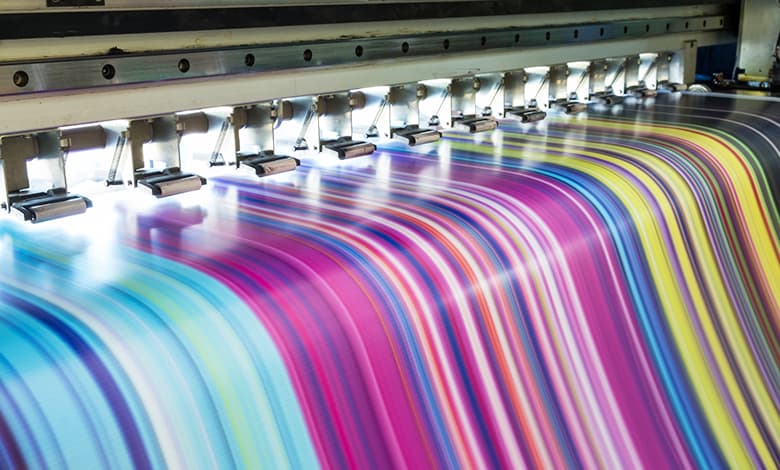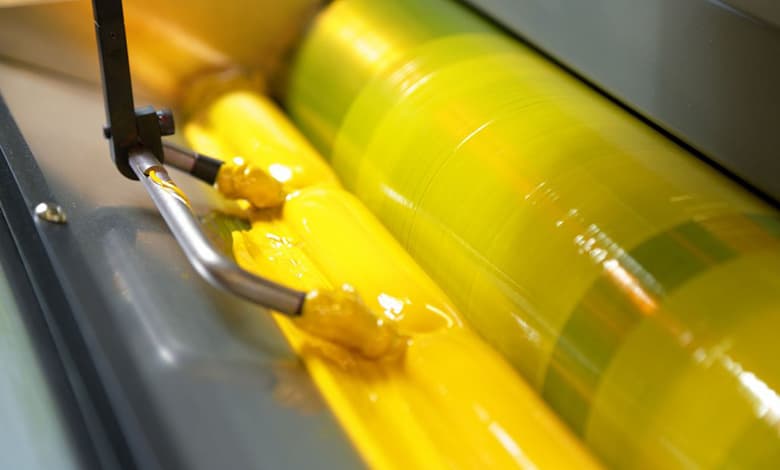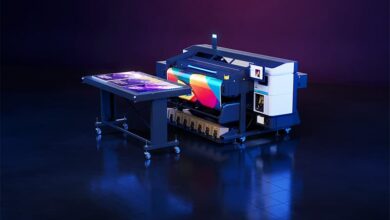
Introduction
This guide outlines the key differences in ink systems used for labels and general packaging, focusing on the types of inks and their specific applications.
Ink Classification and Drying Mechanisms
Inks are categorized based on the diluting medium, which influences their viscosity and drying process:
- Solvent-based Inks: Contain flammable solvents; dry by evaporation in a drying tunnel.
- Water-based Inks: Use water, amine, and ammonia; dry by evaporating the water-based solution.
- Oil-based Inks: Used in offset and letterpress; dry through a combination of evaporation and oxidation.
- UV Curable Inks: Cure through polymerization, resulting in a 100% solid film without solvent evaporation.
Print Methods
Different printing methods utilize these inks:
- Offset: Uses paste inks broken down into a film with rollers.
- Letterpress: Similar to offset but without water, directly applying ink to the plate.
- Flexo: Uses liquid ink transferred to a flexible plate for direct substrate printing.
- Gravure: Engraved cylinders lay down more ink, suitable for high-quality flexible packaging.
- Screen Printing: Ink is forced through a mesh, either flatbed or rotary.

Solid vs. Evaporation Drying
Inks either dry by evaporation (solvent or water-based) or cure to a solid film (UV inks). UV inks are efficient, reducing ink usage by up to 20% compared to other methods.
UV Curing Process
UV inks cure when exposed to UV light, initiating a cross-linking process that turns the ink into a solid film. Oxygen can inhibit this process, which can be mitigated by using an inert gas like nitrogen.
LED-UV and Electron Beam Curing
- LED-UV: Similar to traditional UV but with a narrower wavelength, enhancing curing efficiency.
- Electron Beam (EB) Curing: Similar to UV but doesn’t require photoinitiators, making it safer for food packaging.
Ink Adhesion Challenges
Achieving proper ink adhesion, especially on synthetic substrates, requires understanding surface properties. Corona treatment is often used to increase surface tension, ensuring strong ink bonding.
Combination Printing Requirements
Narrow web printing allows for multiple processes in-line, making it essential to ensure subsequent inks adhere well to previous layers.
Digital Inks
Digital printing, particularly inkjet, is growing rapidly. Digital inks are classified similarly to conventional inks, with additional categories like aqueous, solvent-based, and UV inks. Each has unique properties suited for different substrates and printing technologies.
Conclusion
This guide provides a condensed overview of ink systems and chemistries, highlighting the importance of selecting the right ink for specific printing methods and applications. Understanding these basics ensures better print quality and efficiency across various packaging and labeling processes.

.gif)



